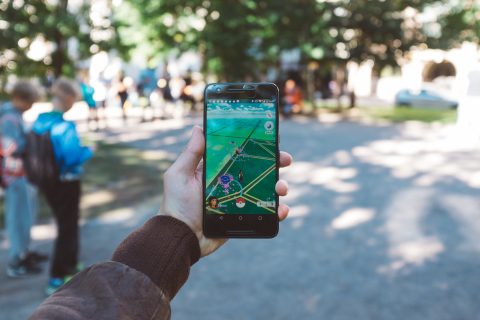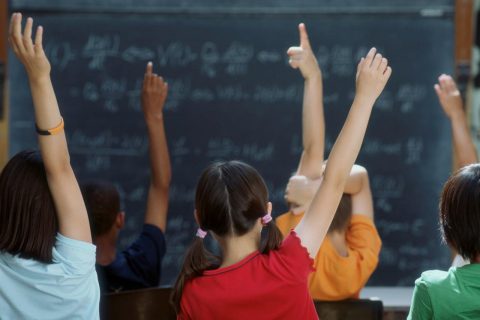This post is part of a series challenging our assumptions about learning techniques. We’re giving you up to date information from current research into learning to help you learn effectively. Check out the previous post in this series and read the most recent one below.
Time should be devoted to discussing incorrect explanations.
THIS IS TRUE.
Picture this scene: you’re at the pick n mix stand. You start filling up your bag with what you think are chocolate covered honeycomb, only they turn out to be chocolate covered raisins. You hate chocolate covered raisins. You realise your error and hurry over to the chocolate covered honeycomb, adding this to your bag.
But here’s the thing – you never tipped your chocolate covered raisins out, meaning that when you go for a piece of honeycomb you will have the added effort of dodging the raisins. Wouldn’t it make more sense to tip the chocolate covered raisins out, before adding the chocolate covered honeycomb?
Yes. Yes, it would. It is human nature to want to jump to the correct explanation as quickly as possible, but this doesn’t make room for the fact that our misconceptions are still floating about. It is essential that we spend time identifying misconceptions and then eliminating them, because this makes the necessary space in the brain for learning the correct explanation.
As with the pick n mix, if you have two different types of explanation in the brain it can lead to confusion. You may end up using the wrong explanation if you don’t overwrite it with the correct one. So, next time you’re learning something, make sure you take a moment to think about your incorrect answer, why you thought it in the first place and why it turned out to be wrong.
Addressing your misconceptions is like tipping out the chocolate covered raisins; it is only once you’ve dismissed the wrong answer (chocolate covered raisins) that your brain (pick n mix bag) can fully embrace the right answer (chocolate covered honeycomb).
Want to read more on this topic? Check out these links:
- Designing Effective Multimedia for Physics Education
- Saying the wrong thing: improving learning with multimedia by including misconceptions
What is Up Learn? Up Learn uses artificial intelligence and research from cognitive science to help students achieve A* results. Find out more.
We’re releasing a new learning hack every 2 days. Like our Facebook page to be notified!



Post a comment